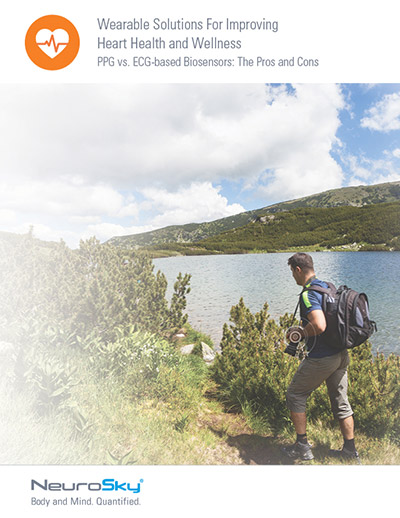If you’ve ever spent a prolonged period in the hospital, or maybe even just one evening, you understand how draining the experience can be. You’re surrounded by unfamiliar people and equipment, sleeping in a bed that’s not your own, and wishing you could go home. For many patients, going home isn’t always an option, but ECG biosensors have the potential to change that. Advances in wireless ECG biosensor technology are now close to making it possible for patients to leave hospitals and be monitored remotely by their doctor. Let’s take a closer look at the benefits of this technology (for both patients and healthcare providers), as well as what it may have in store for the future.
A Stick-on Solution For Patient Monitoring
One of the clear benefits of ECG biosensors for medical-grade monitoring is their simplicity. Typically, when you think of a patient being monitored in a hospital, it’s easy to envision a number of large machines monitoring things like heart rate, respiratory rate, and skin temperature. The reality, however, is that all of these things can be monitored with a simple stick-on patch. Consider, for example, The VitalPatch biosensor from VitalConnect. Once applied to a patient, this ECG-enabled patch monitors patient vitals and sends the data to a physician so they can assess and provide appropriate care. In addition, the patch can detect early signs patient disorientation as well as falls, allowing doctors, nurses, and other caregivers to intervene quickly.
From the Hospital to Your Home
Because patients wearing wireless ECG biosensor monitors are no longer connected to a hardwired ECG machine, they can move more freely and may be able to be discharged sooner. Of course, the ultimate goal as this technology advances is to increase recovery speed, reduce complications and provide greater peace of mind—both in the hospital and eventually at home.
The benefits of in-home monitoring are two-fold. First, it allows a patient be in the comfort of their own home while still providing their doctors with the important data they need effectively treat them. Second, it reduces overcrowding at hospitals, ensuring high-risk patients are more likely to have access to the beds and caregivers they so desperately need.
The Future is Wearable, Wireless, and Remote
According to GE, utilizing wearable medical sensors to communicate with other devices will become completely routine within the next five years. They also project that ECG biosensor devices could be taken a step further to deliver drug treatments based on the data they collect.
By providing the capability to collect clinical-grade data remotely, wireless ECG biosensors can provide physicians with access to accurate patient information, and patients can have the peace of mind that comes from not being relegated to a hospital room for the duration of their treatment.
While we’re still a few years away from full at-home monitoring, ECG biosensor technology is quickly making it possible for patients to have more freedom while undergoing medical treatment.
To learn more about NeuroSky’s ECG biosensors, be sure to get your copy of our whitepaper, Wearable Solutions for Improving Heart Health & Wellness.



